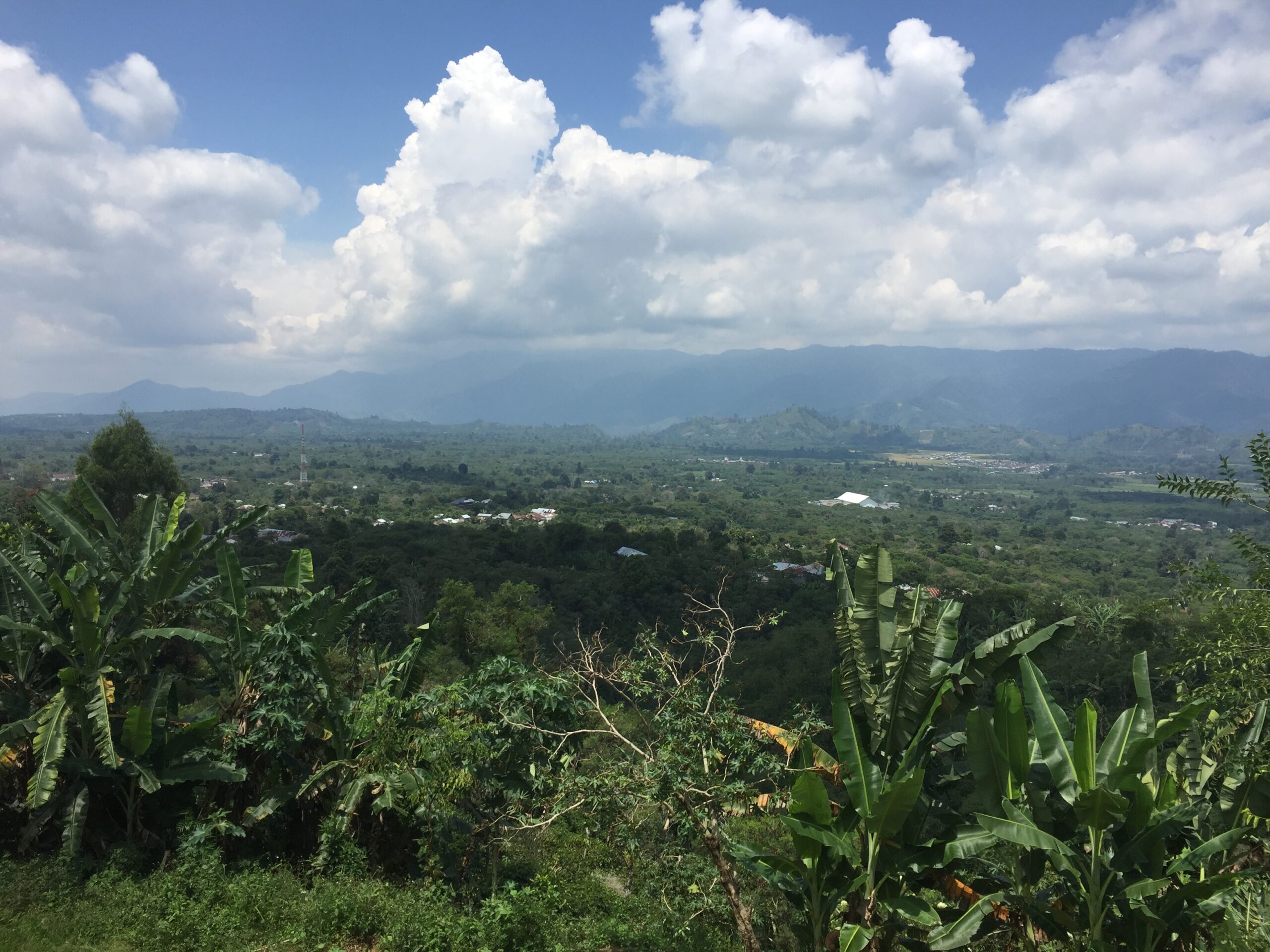

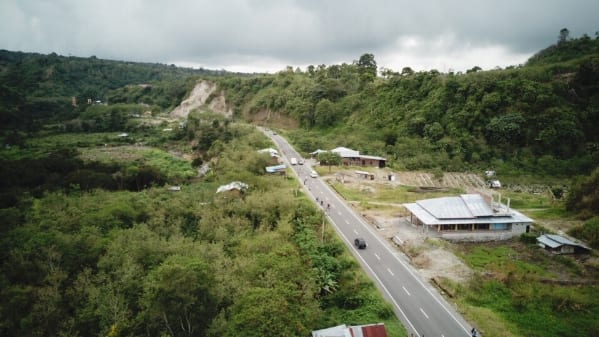

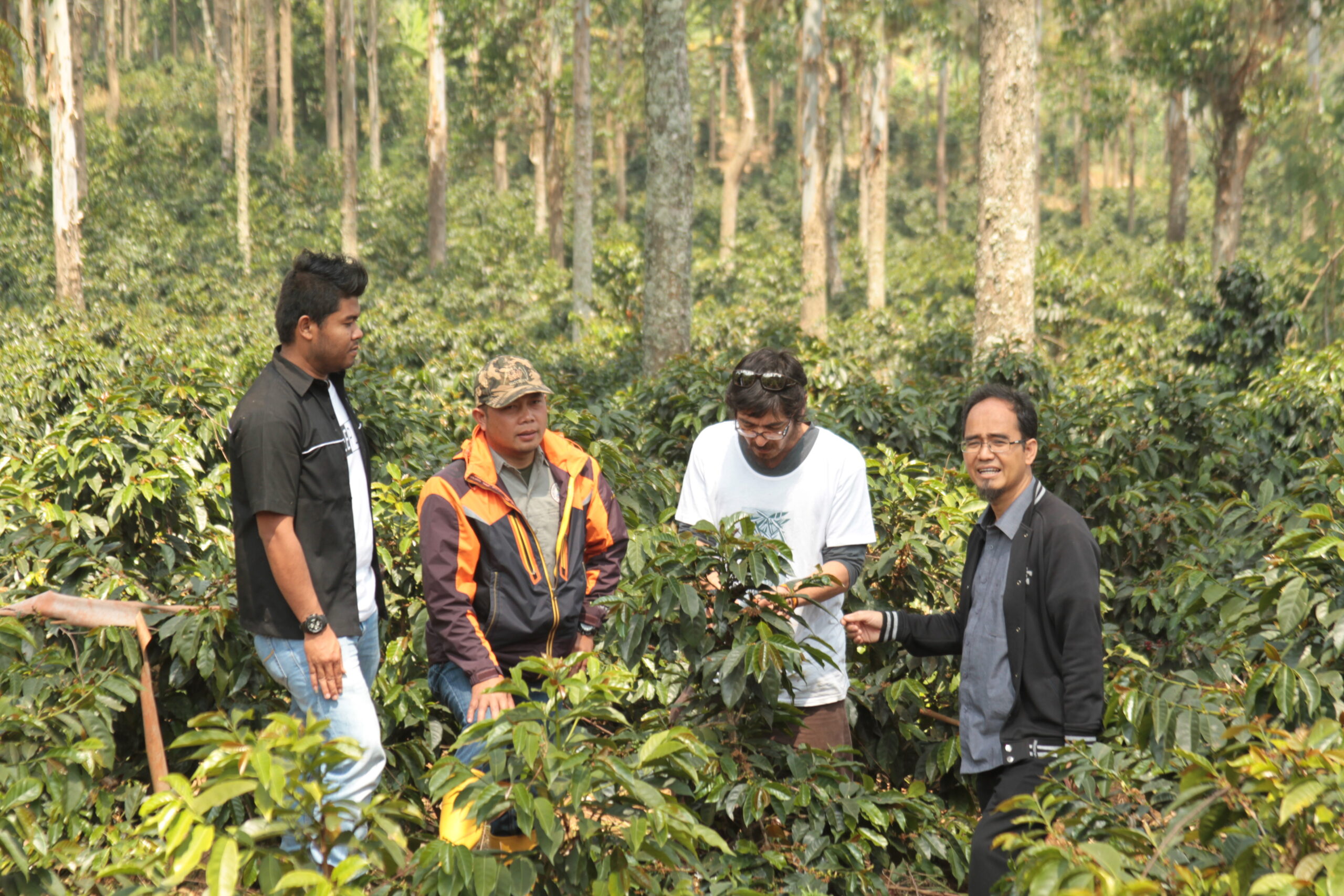

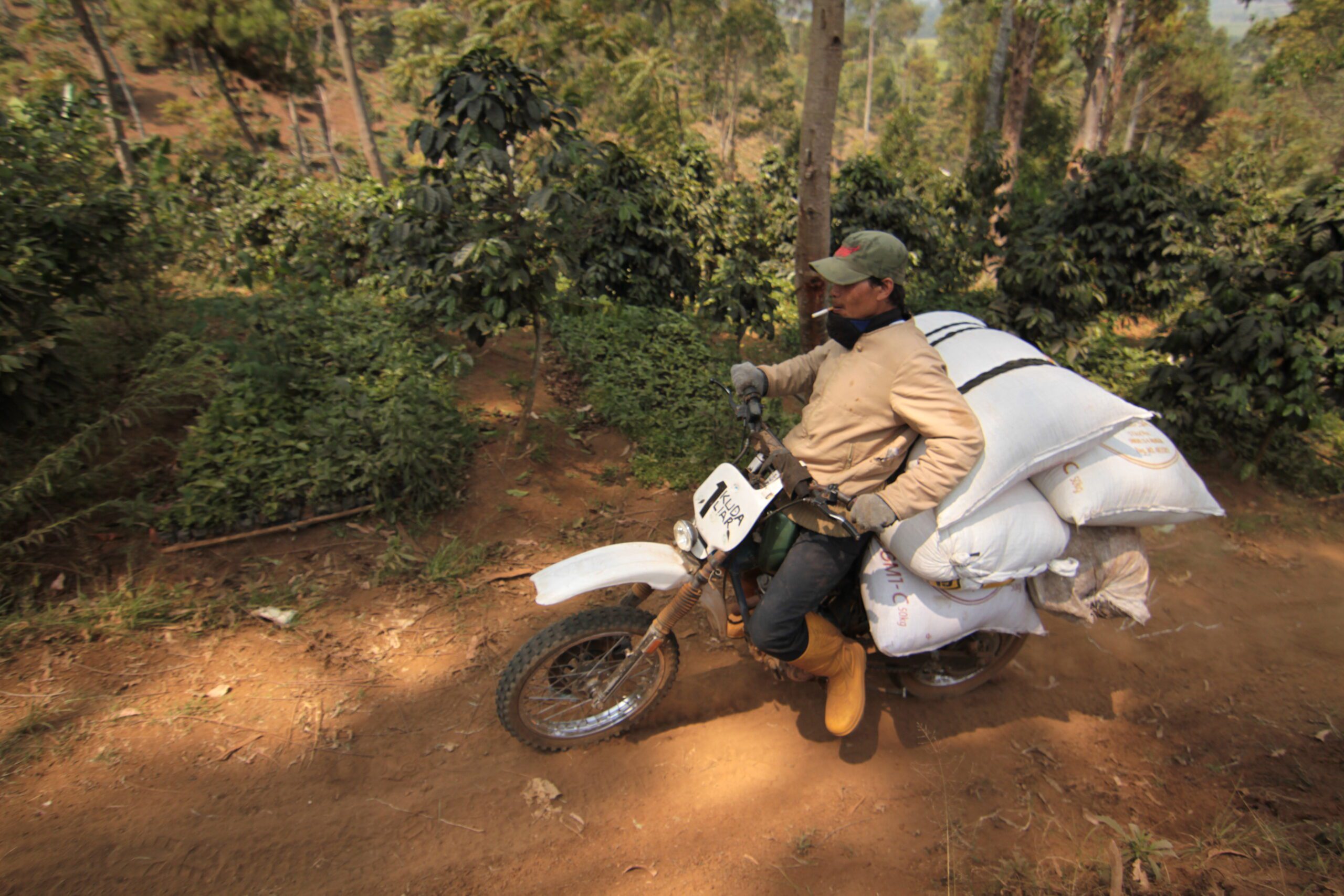

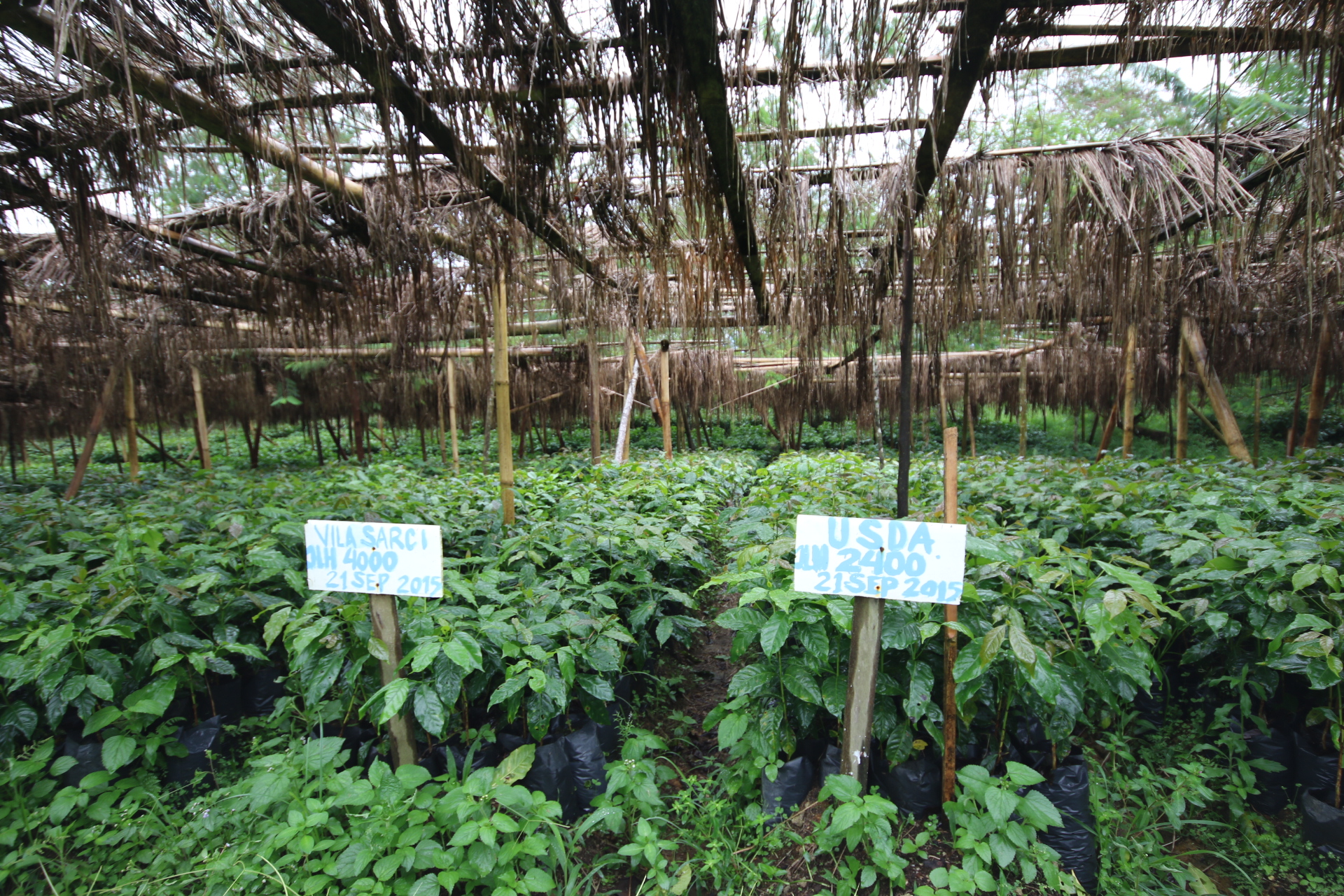

Project Wonosari, Behind the Scenes.





By Darren Stinson
(Zest Roaster, Sydney)
“Life in Northern Sumatra is leisurely. Good conversation, storytelling and humour will keep you in high standing with the locals. Not dis-similar to my hometown in Ireland, where I’d been, just a couple of days prior…”
Part 1. – North Sumatra, January, 2018.
Returning from a freezing winter in Europe, it was time for a speedy acclimatisation. Dublin to Takengon was a lengthy 38 hours over 6 flights and a temperature difference of -7.c to +33.c`.
All that was easily forgotten when I caught my first glimpse of North Sumatra. Landing in Takengon was awe-inspiring. Folded mountains under whisks of clouds were blissfully eye catching.
My last origin trip was 8 months earlier in the highlands of Papua New Guinea. The PNG visit was my first step toward delving into processing methods, in particular the so-called ‘black box’ of coffee fermentation (anaerobic fermentation), which we explored through our Project Raggiana experiments.
The Sumatra trip came only weeks after bringing the Raggiana coffees to the roasting competition sphere, taking out awards for both filter and espresso at the 2017 Golden Bean Awards – highly motivating to carry those results into this next trip.
Since Project Raggiana (PNG), Zest had been developing ideas on how we could add new variables to the anaerobic fermentations, and researching origins that had the right beans and set-up (and open-minded attitudes) to play host to our curiosities. This time round the Gayo Highlands in Northern Sumatra set the scene for our experiments.
Upon arriving in Aceh, my first introduction was to the director of Permata Gayo, Mr Armea. He brought a pen, pad and a great big smile to the table. Mr Armea and I spent two hours sketching drawings; talking about moisture content and weight loss; how we would conduct the experiment; and why the flavour would change so extensively. I assured Armea I was not an expert on the agronomy of coffee, but I was inspired to hand over the strategies behind our previous success in PNG.
Permata Gayo is a far from simple operation. The region is made up of a cooperative of seven villages, with 442 farmers pursuing to improve their coffee quality every year. Each village has delegates to maintain a community of education and trust, ensuring that anyone in need is accommodated for. It’s a place where farmers strive to improve their farming practices and achieve higher prices for their crops.Music to my ears, I knew that here I would meet many others passionate about coffee and its possibilities.
I described Zest’s vision for the project, especially our desire for unique Sumatran coffees – fully washed and honey-dried (pretty rare processing methods in Sumatra). I left one of the most important aspects to the end, explaining rather quickly,
“If possible I would love to document the region with a drone and have you guys be the main actors in my short film of the trip.”
This caused a lot of laughter among the senior members of the Co-op.
January is the beginning of the harvest and the team were excited by the possibilities of driving flavour through fermentation. After we’d finalised the requirements, I got to meet the guys working with me on the ground. Mr Zukardi was one of the first I met.
My Indonesian is non-existent at best but I accepted I had to learn the basics of the language to get by, and Mr Zukardi became my Indonesian coffee guru/interpreter. Conveniently, Zukardi had been experimenting with honey-processed lots that year, so was very eager to roast up a batch and score his coffees. We quickly became friends.
Without much common language between us, the time we spent together became a game of charades. I had to somehow source our fermentation tanks, buy and engineer the equipment to fit, then drill each tap perfectly to seal my fermentation tanks.
All of these exchanges came without any parties involved speaking the same language.Nevertheless, these formalities always seem to work out, and Mr Armea was always at hand back at base to translate.
Within that first day we’d sourced four tanks with capacity to hold over 1040kg of wet parchment. By early evening we’d attached sealed taps to our tanks and were ready to start our fermentations. I had everything I needed… except the coffee.
Stay tuned for Part 2.